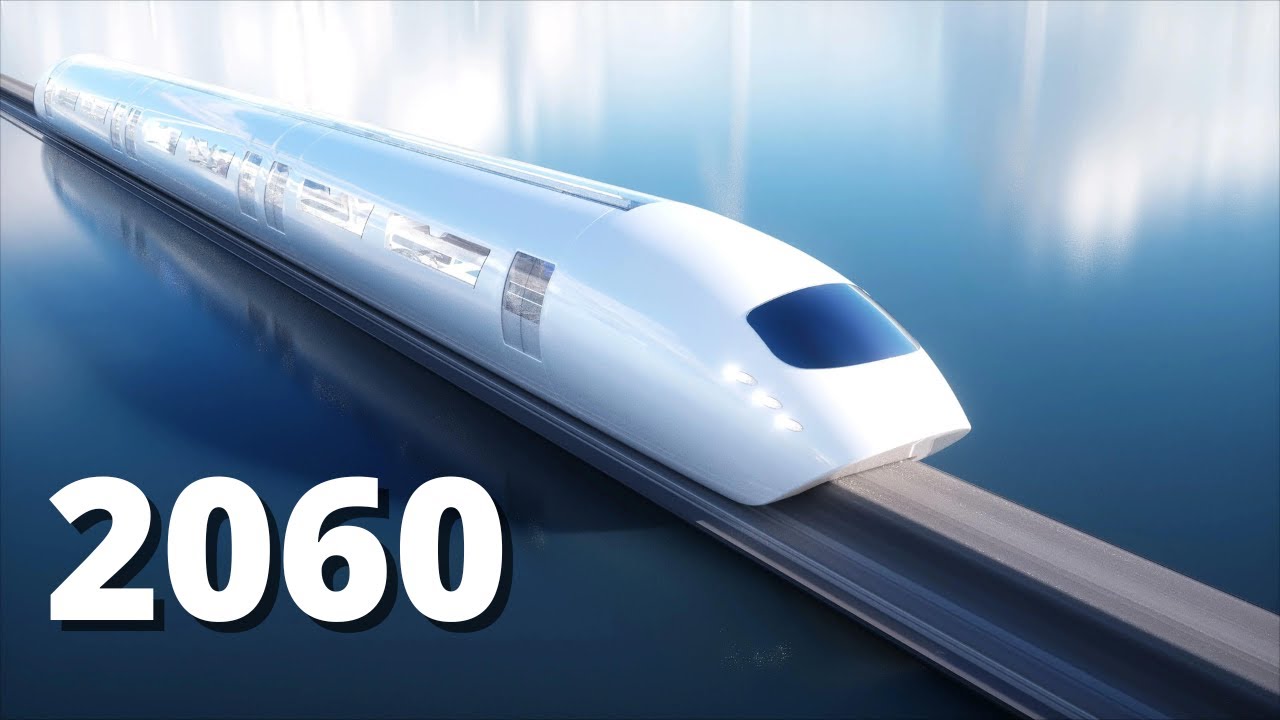The Future Of Rail: Wind-Powered Trains And Their Environmental Impact

Table of Contents
How Wind-Powered Trains Work
Several technological approaches are being explored to harness wind energy for train propulsion. These range from integrating wind turbines directly into the train's design to utilizing separate wind farms to power the rail network.
- On-board Wind Turbines: This approach involves incorporating wind turbines into the train's design, either on the roof or alongside the carriages. These turbines would generate electricity directly to supplement or even replace existing power sources.
- Pros: Reduced reliance on external power sources, potential for off-grid operation in certain areas.
- Cons: Relatively low energy output per turbine, potential for reduced aerodynamic efficiency, added weight and complexity. Existing prototypes are limited.
- Alongside Wind Farms: This method utilizes large-scale wind farms situated along railway lines. The generated electricity would power the trains via the existing overhead lines or third rail systems.
- Pros: Higher energy output potential compared to on-board turbines, established technology.
- Cons: Requires significant land use for wind farm construction, potential visual impact on landscapes, transmission losses over long distances. Several pilot projects are underway exploring this approach.
- Hybrid Systems: A combination of on-board turbines and external wind farms offers a balanced approach, maximizing energy generation while mitigating the limitations of each individual system. This is a promising area for future development in wind powered train technology.
Environmental Benefits of Wind-Powered Trains
Replacing fossil fuel-based trains with wind-powered alternatives offers substantial environmental benefits. The reduction in greenhouse gas emissions is significant.
- Reduced CO2 Emissions: Studies suggest that wind-powered trains could reduce CO2 emissions by up to 90% compared to diesel trains and by a considerable margin compared to electricity-powered trains that rely on fossil fuel-based electricity generation.
- Reduced Air Pollution: Wind-powered trains eliminate the release of harmful pollutants such as nitrogen oxides and particulate matter, significantly improving air quality, particularly in urban areas served by rail networks. This positive impact on public health is a crucial factor.
- Improved Air Quality: Cleaner air translates to reduced respiratory illnesses and improved overall public health, leading to substantial long-term benefits.
Impact on Biodiversity and Habitats
The placement of wind turbines, whether on trains or alongside the tracks, could impact local ecosystems. Careful planning and mitigation strategies are crucial.
- Mitigation Strategies: Environmental impact assessments, careful turbine placement to avoid sensitive habitats, and the use of bird and bat deterrent technologies can minimize ecological disruption.
- Noise Pollution: Noise pollution from wind turbines needs careful consideration. The impact can be mitigated through careful site selection, noise barriers, and the use of quieter turbine designs.
- Land Use: The construction of wind farms requires land, which needs to be carefully considered to minimize impact on natural habitats and agricultural land. Careful planning and location selection are crucial.
Economic Considerations of Wind-Powered Trains
While the transition to wind-powered trains presents significant environmental advantages, economic aspects must also be considered.
- Initial Investment Costs: The initial investment in developing and implementing wind-powered train technology is likely to be higher than traditional rail infrastructure. However, long-term savings are expected.
- Operational Costs: Long-term operational costs, including maintenance and potential energy storage solutions, need careful evaluation. However, the elimination of fossil fuel costs provides significant long-term savings.
- Economic Benefits: Wind-powered trains can stimulate economic growth through job creation in manufacturing, installation, and maintenance, as well as through reduced fuel costs and increased transportation efficiency.
Technological Challenges and Future Developments
Several technological challenges need to be addressed to fully realize the potential of wind-powered trains.
- Energy Storage: Developing efficient and cost-effective energy storage solutions to address the intermittent nature of wind power is crucial for reliable train operation.
- Integration with Existing Networks: Integrating wind-powered trains into existing rail networks requires careful planning and infrastructure upgrades.
- Technological Advancements: Continued research and development are needed to improve the efficiency and cost-effectiveness of wind turbine technology for rail applications. Government support and funding are vital for progress.
Conclusion
Wind-powered trains offer a compelling vision for a sustainable future for rail transportation. While challenges remain in terms of technology and economics, the potential environmental benefits – significantly reduced greenhouse gas emissions and improved air quality – are substantial. The reduction of our reliance on fossil fuels, coupled with the potential for economic growth, makes this a crucial area of investment. We encourage readers to learn more about wind-powered trains and support research and development in this field. Contact your local representatives and advocate for increased investment in sustainable transportation solutions. Let's build a greener future with innovative solutions like wind-powered trains and their variations.

Featured Posts
-
 The Crucial Role Of Middle Managers In Employee Development And Company Growth
May 04, 2025
The Crucial Role Of Middle Managers In Employee Development And Company Growth
May 04, 2025 -
 Makron Ukraina I Alzhir Tsena Frantsuzskoy Politiki
May 04, 2025
Makron Ukraina I Alzhir Tsena Frantsuzskoy Politiki
May 04, 2025 -
 Is Stefano Domenicali The Key To Formula 1s Explosive Popularity
May 04, 2025
Is Stefano Domenicali The Key To Formula 1s Explosive Popularity
May 04, 2025 -
 Corinthians Vence Al Novorizontino 1 0 Goles Resumen Y Cronica
May 04, 2025
Corinthians Vence Al Novorizontino 1 0 Goles Resumen Y Cronica
May 04, 2025 -
 Cangkang Telur Sumber Nutrisi Untuk Pertumbuhan Tanaman Dan Kesehatan Hewan
May 04, 2025
Cangkang Telur Sumber Nutrisi Untuk Pertumbuhan Tanaman Dan Kesehatan Hewan
May 04, 2025
